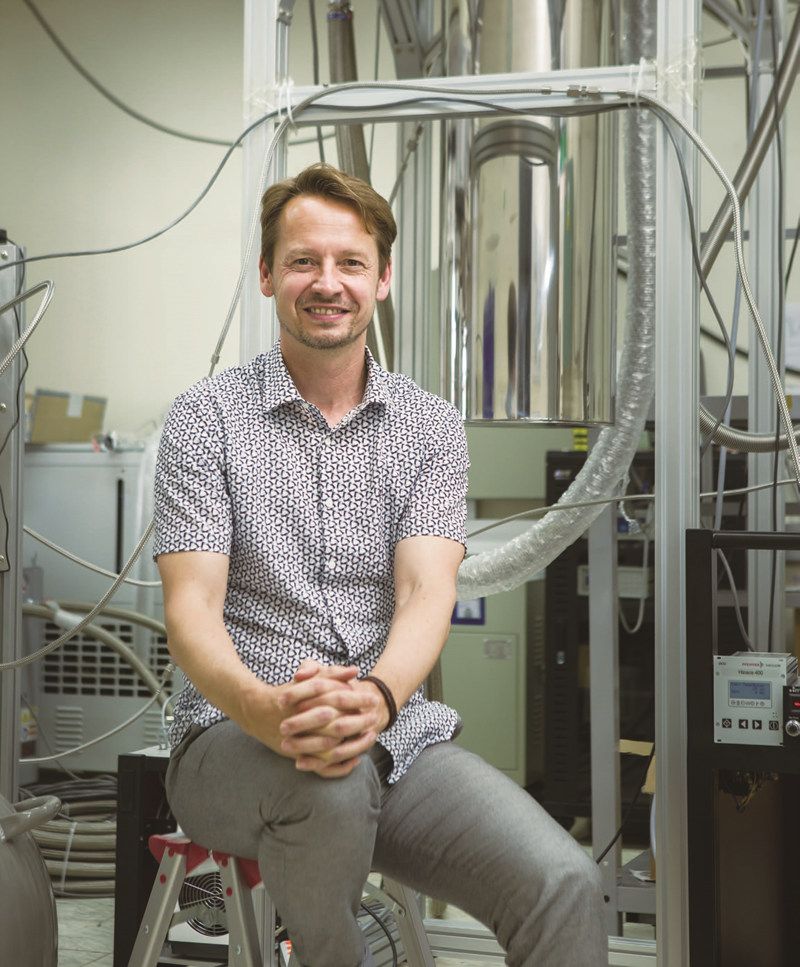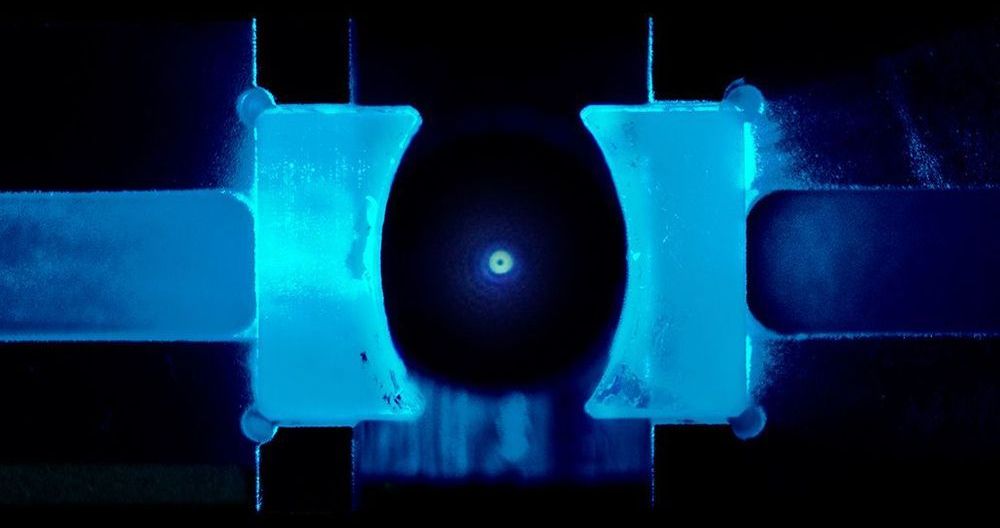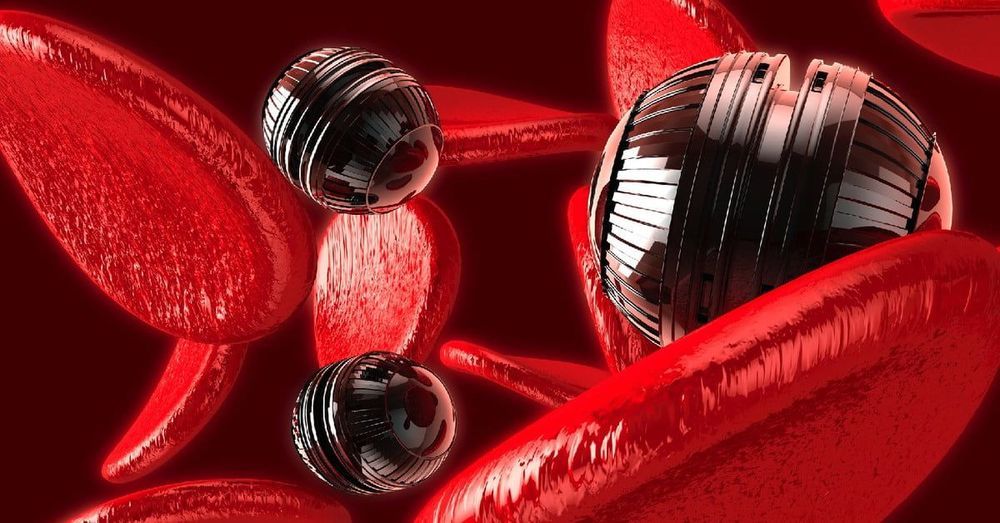Dr. Theodore Ho talks about the rapidly expanding possibilities of stem cells to be used in reversing or slowing the aging process. He discusses his previous and current work with the brain, including such methods as tissue clearing, multifiber photometry and optogenetics, and single resolution calcium imaging and control. Dr. Ho is a neuroscientist and stem cell biologist studying the mechanisms and causes of biological aging and potential strategies to slow or reverse them, in order to prevent the onset of age
Associated diseases to help us live healthier and longer lives.
He completed a four-year joint bachelor’s/master’s degree program in.
Human developmental and regenerative biology/bioengineering at.
Harvard University, and he received his PhD in Biophysics from the.
University of California San Francisco, studying stem cell aging in the lab of Dr. Emmanuelle Passegue. In college he developed a nanoparticle drug delivery system, in graduate school he discovered previously unknown mechanisms of cellular and molecular aging of stem cells, and now in the Deisseroth lab he is using optical recording and perturbation of neuronal activity to study neural circuit dynamics that control behavior. This talk was given at a TEDx event using the TED conference format but independently organized by a local community.




